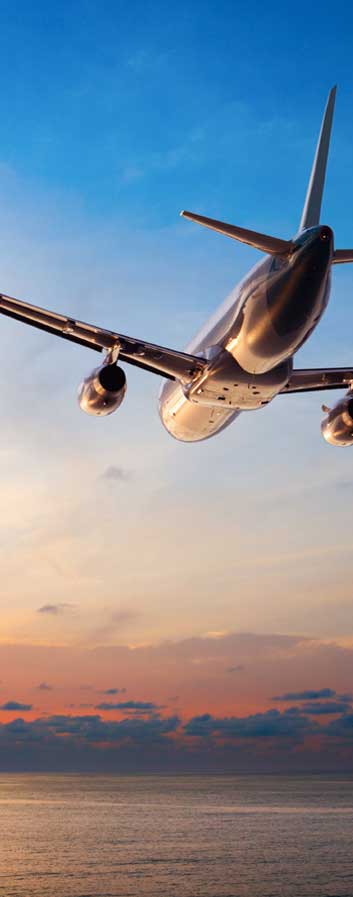Jallianwala Bagh
allianwala Bagh is infamous as the site of one of the most monstrous massacres in human history and a dark event during the Indian independence struggle. Also known as Amritsar massacre, as many as 1100 peaceful protesters were killed when British troops opened fire on April 13, 1919.
The brutal murder of thousands added fuel to the fight against the British and raised severe questions about the British intentions to rule India in a humane way. Today, the park has been converted into a memorial who sacrificed their lives.
On April 13, 1919, an unarmed gathering of 20,000 people comprising Hindus, Muslims and Sikhs had gathered at the Jallianwala Bagh in answer to Mahatma Gandhi’s call for public non violent protest against the Rowlatt Act. The Act indefinitely extended “emergency measures” to control public unrest and root out conspiracy and allowed police to imprison for two years, without trial, any person suspected of terrorism.
Acting on the assumption that a conspiracy was being planned to overthrow the British rule, Brigadier Gen Reginald Dyer marched with a platoon of 50 soldiers and an armoured car. The roads to the park being narrow, Gen Dyer had to leave behind the armoured car. On reaching the park, the British general opened fire at the peaceful protesters without warning or asking them to disperse.
As many as 1600 rounds were fired and the firing stopped only when the British ran out of ammunition. Many people jumped into the well in the park to escape the bullets. Though official records put the number of fatalities at 379 and injured at 1,100, the numbers were widely believed to be more. Even the British civil surgeon, Dr Williams DeeMeddy, put the numbers at 1,000 fatalities and 1,526 injured. Shaken by the brutality of the incident, the British instituted the Hunter Commission which found Dyer guilty of mistaken notion of duty and was relieved of his command and prematurely retired.
Post Indian independence, the park was turned into a memorial to the people who sacrificed their lives. A memorial designed by American architect Benjamin Polk now stands at the site. The memorial was inaugurated by Dr Rajendra Prasad in 1961.
There are no eating places inside the park. Golden Temple serves free meals to all visitors. Amritsar offers several options to eat from street food to plush hotels that serve Italian, Chinese and Continental cuisines.Jallianwala Bagh is open to public on all days. But the memorial is open between 6 am – 9 pm in summers and 7 am – 8 pm in winters.
Martyr’s well: The well into which people jumped to escape the bullets. It has been preserved inside the park and stands as a reminder of the horrific event that occurred here.
Jallianwala Bagh Memorial: A trust was formed and a memorial stands inside the park to pay homage to the martyrs. It was designed by American architect Benjamin Polk and was inaugurated by Dr Rajendra Prasad on April 13, 1961.
The Wall: Bullet holes on the wall within the Jallianwala Bagh have been marked for visitors to see.
Golden Temple: The Golden Temple is located at a stone’s throw away from Jallianwala Bagh. The most important shrine for Sikhs, Golden temple is famous for its architecture which represents a unique harmony between the Muslim and the Hindu styles of architecture.



































